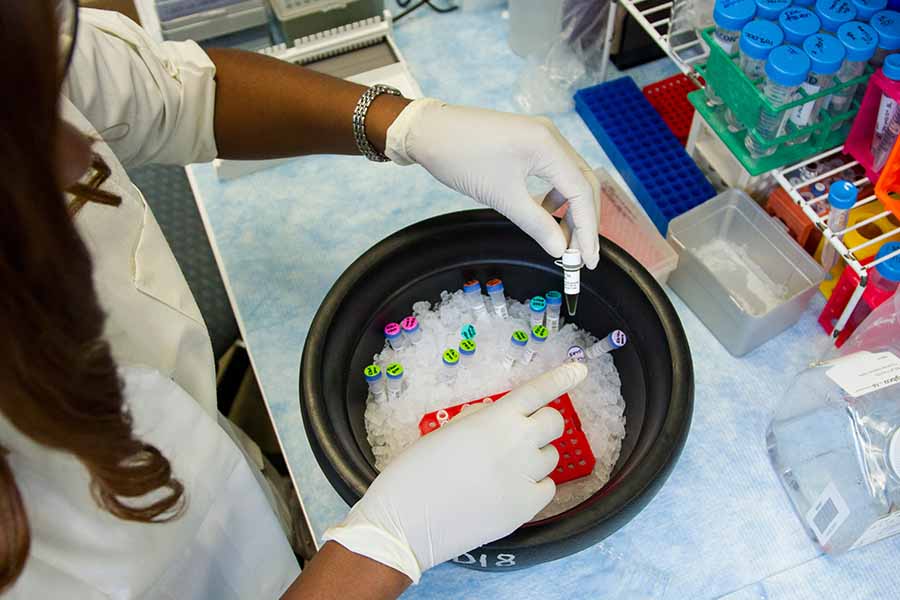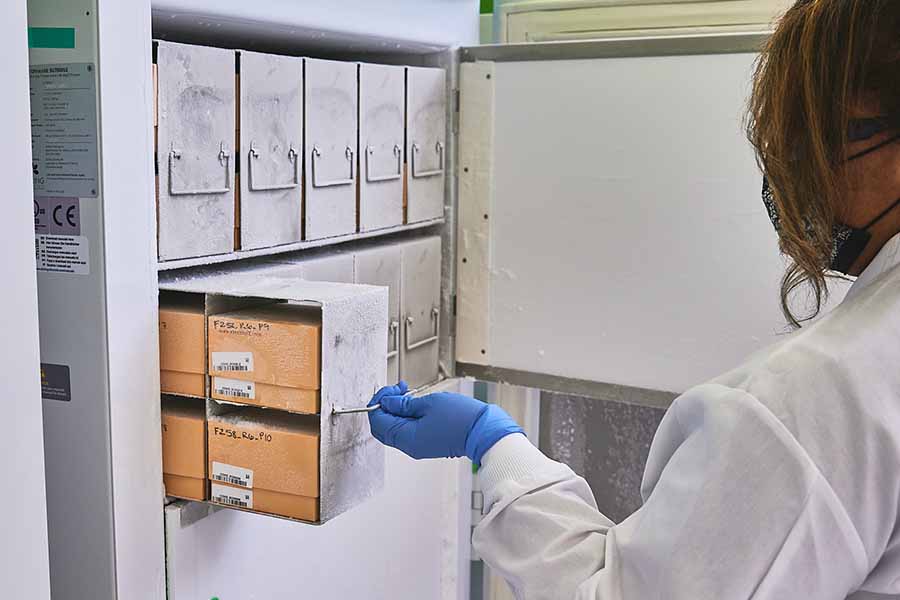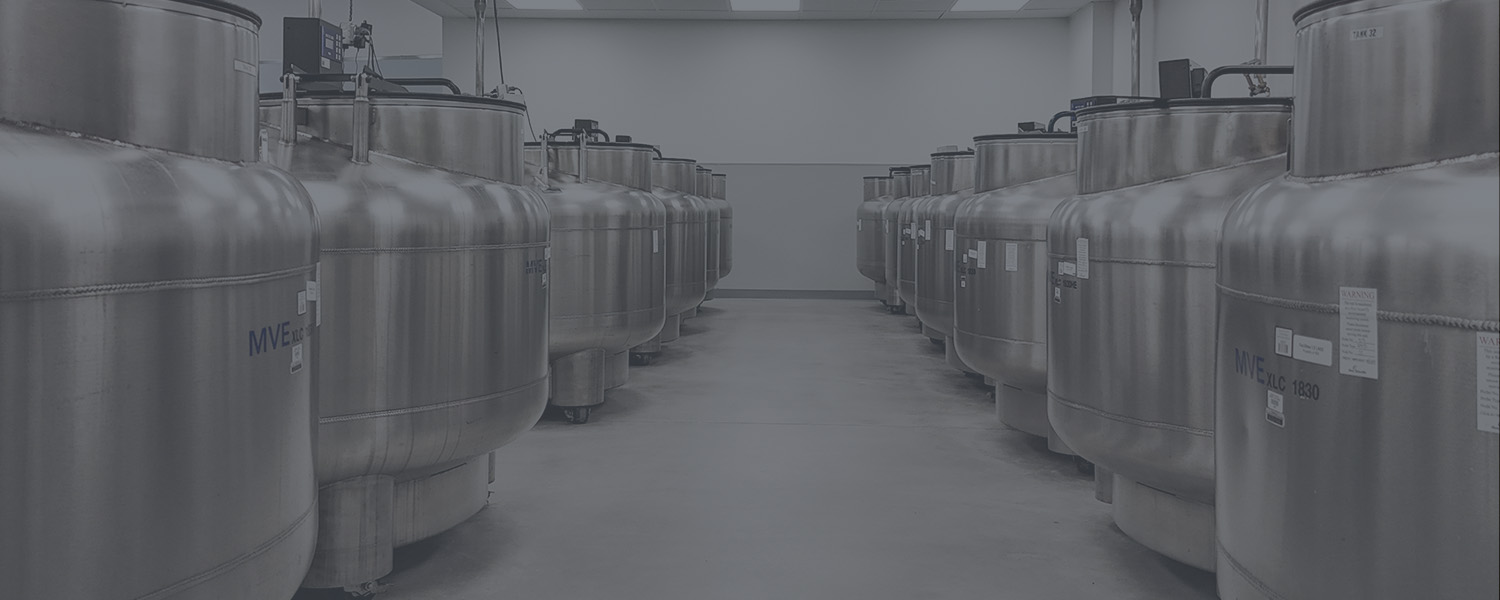-80°C freezers are essential for modern research projects. Many samples and reagents need to be stored at extremely low temperatures to ensure their stability and quality, which are critical to the success of research projects.
However, maintaining adequate -80°C freezer infrastructure is technically and economically demanding. Many research institutions have storage facilities that fail to meet their needs and lack the flexibility required to support the dynamic demands of scientific research. The risks and costs of maintaining these facilities make outsourcing storage an attractive option for small and large laboratories. Sampled offers robust and secure -80°C storage facilities that respond to clients’ specific needs and give them peace of mind for the long-term storage of precious samples.
This article will explore the critical role of -80°C freezers in modern research, examining their importance in preserving biological samples, the financial considerations involved, and the potential risks of inadequate freezer infrastructure. Additionally, we’ll discuss how Sampled offers a comprehensive solution to these challenges, ensuring sample integrity and enhancing research efficiency.
The Role of -80°C Freezers in Modern Research
Many of the most critical samples and reagents for biomedical research require storage at -80°C. This includes cell lines, biologics, drug compounds, and essential biomolecules like DNA, RNA, and protein1–3. Robust storage of reagents and samples is crucial to research success, particularly for longitudinal studies where temperature-sensitive samples must be stored for decades. Academic labs, startups, and large life science companies need secure storage for sensitive samples and intellectual property like newly developed cell lines and innovative therapies.

Cost Considerations of -80°C Freezer Facilities
-80°C freezer infrastructure is costly to install and maintain. Modern -80°C freezers can cost over $10,000, depending on their size, and consume a significant amount of energy depending on different characteristics like age4. As a result, laboratory budgets are highly sensitive to changes in fluctuating energy prices and geopolitical instability. Furthermore, -80°C freezers require regular maintenance by trained personnel. In smaller research laboratories, responsibility for -80°C freezer maintenance often falls to research staff, which means highly-trained personnel spend too much time on freezer upkeep and less time performing experiments and driving innovation. Laboratory managers may look to sidestep these costs by opting for hand-me-down -80°C freezers from other laboratories or neglecting freezer maintenance altogether. However, these “solutions” pose severe risks, endangering sample integrity and jeopardizing entire research projects.
Risks of Inadequate -80°C Freezer Storage
Inadequate -80°C freezer infrastructure not only risks sample degradation but also exposes laboratories to regulatory violations and potential health hazards for their staff5. -80°C freezers introduce several risks into laboratories, including slipping, freezing, and tripping hazards. The latter is particularly salient in institutes lacking a dedicated freezer room, where bulky -80°C freezers must be stored alongside sensitive lab equipment in high-traffic areas.
As cell lines, biologics, and other therapies requiring -80°C storage become more prevalent, regulatory requirements for -80°C infrastructure are expected to become more stringent and comprehensive. Thus, in addition to having robust systems that ensure freezers remain at the appropriate temperature, researchers will require more detailed documentation that proves samples and therapies have been properly stored.
Sampled’s -80°C Storage Infrastructure
At Sampled, we maintain 600 mechanical -80°C freezers, with the capacity to support up to 1,000 individual freezers, all aligned with International Society for Biological and Environmental Repositories (ISBER) standards6. We maintain a rigorous security system for our -80°C freezer infrastructure, including individual alarms for each freezer and real-time monitoring so we always know what is happening with our clients’ samples. Furthermore, our entire storage facility can be run from a single generator, and we have four backup generators to ensure our clients’ samples are always stored appropriately.

We also provide a disaster recovery service, where our team will retrieve your temperature-sensitive samples or entire -80°C freezer setup and transfer them to our facility for secure storage. Sampled’s storage solutions offer a cost-effective, risk-free way to securely store even the most valuable samples and have earned the trust of government bodies and private sector corporations alike.
Conclusion
Maintaining optimal -80°C freezer storage is crucial yet challenging for research institutions. With high costs and operational risks, many labs struggle to preserve sample integrity in the long term. Sampled addresses these challenges with a reliable and secure storage solution, offering comprehensive infrastructure and monitoring aligned with rigorous international standards. Our services not only mitigate the risks and costs of in-house freezer management but also ensure peace of mind for researchers, safeguarding valuable samples essential for advancing scientific projects.
References
1. Comstock GW, Burke AE, Norkus EP, Gordon GB, Hoffman SC, Helzlsouer KJ. Effects of Repeated Freeze-Thaw Cycles on Concentrations of Cholesterol, Micronutrients, and Hormones in Human Plasma and Serum. Am J Epidemiol. 2008;168(7):827-830. doi:10.1093/aje/kwn327
2. Kellman BP, Baghdassarian HM, Pramparo T, et al. Multiple freeze-thaw cycles lead to a loss of consistency in poly(A)-enriched RNA sequencing. BMC Genomics. 2021;22(1):69. doi:10.1186/s12864-021-07381-z
3. Shao W, Khin S, Kopp WC. Characterization of Effect of Repeated Freeze and Thaw Cycles on Stability of Genomic DNA Using Pulsed Field Gel Electrophoresis. Biopreservation Biobanking. 2012;10(1):4-11. doi:10.1089/bio.2011.0016
4. Gumapas LAM, Simons G. Factors affecting the performance, energy consumption, and carbon footprint for ultra low temperature freezers: case study at the National Institutes of Health. WRSTSD. 2013;10(1/2/3):129. doi:10.1504/WRSTSD.2013.050786
5. Laboratory NRC (US) C on PP in the. Working with Laboratory Equipment. In: Prudent Practices in the Laboratory: Handling and Management of Chemical Hazards: Updated Version. National Academies Press (US); 2011. Accessed October 11, 2024. https://www.ncbi.nlm.nih.gov/books/NBK55884/
6. ISBER. Accessed October 28, 2024. https://isber.org

